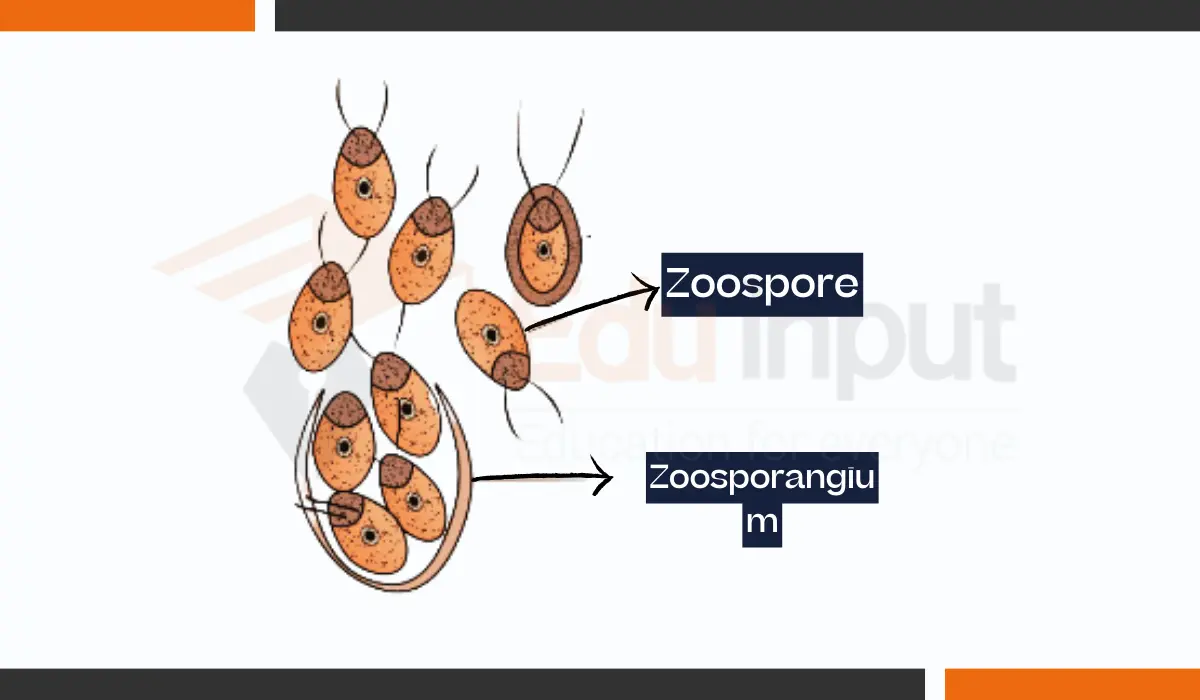Nutrition in Fungi-An Overview
Fungi are organisms that live in a symbiotic relationship with plants. They help them extract water and nutrients from the air and soil. In return, they get food and shelter. There are many different types of fungi, some of which are helpful while others are harmful.
Fungi are organisms that have no true roots, stems, or leaves. Instead, they obtain their nutrition directly from the air and decompose dead matter.
Nutrition in Fungi
All fungi lack chlorophyll. Therefore, the fungi are heterotrophs. They obtain their energy from organic matter. Fungi absorb their food directly from the environment. Thus fungi are called absorptive heterotrophs. Fungi may be saprotrophs, parasites, predators, or mutualists.
1. Saprotrophs
The fungi which obtain their food (energy, carbon, and nitrogen) from dead organic matter are called saprotrophs fungi. Most fungi are saprotrophs (saprobes) or decomposers. The saprotroph fungi secrete digestive enzymes. These enzymes digest organic matter. These digested molecules are absorbed back by the fungi.
Saprotroph fungi attach to substrate by rhizoids. The rhizoids are modified hyphae. Fungi decompose the cellulose and lignin present in the cell wall of plants. The fast growing hyphae form an extensive system of hyphae. It increases the surface area for absorption.
2. Parasites
The fungi which directly absorb nutrients from the living host cytoplasm are called parasite fungi. Parasitic fungi absorb nutrients with the help of special tips of hyphae called haustoria. Parasite fungi may be obligate or facultative parasites.
a) Obligate parasites: These fungi can grow only on their specific hosts. They cannot grow on available defined growth culture medium. Various mildews and rust species are obligate parasites.
b) Facultative parasites: These fungi grow on their host and can also grow on artificial growth media.
3. Predators
The fungi which kill and eat the animals are called predator fungi. Some fungi are active predators. Other predators have different adaptations for capturing their prey. Some secrets sticky substances. For example:
a) Oyster mushroom (Pleurotus ostreatus): It is a carnivorous fungus. It paralyzes the nematodes. It penetrates nematodes and absorbs their nutritional contents. It only fulfills its nitrogenous requirements. It fulfills its glucose requirement by breaking wood.
b) Arthrobotrys: Some species of Arthrobotrys forms constricting ring around soil nematodes and capture them. Their hyphae digest the nematodes.
Mutualistic Fungi
The mutualistic symbiotic association is an association between two organisms in which both organisms get benefits. There are two such associations: Lichens and Mycorrhizae.
Lichen is a mutualistic association between fungi and certain photoautotrophs like algae or blue-green algae.

 written by
written by 


Leave a Reply